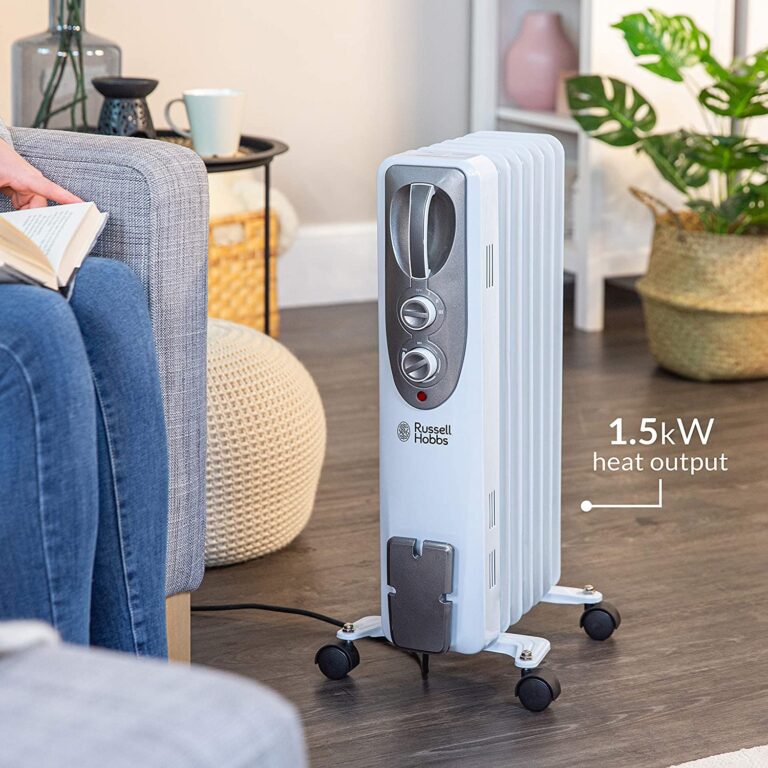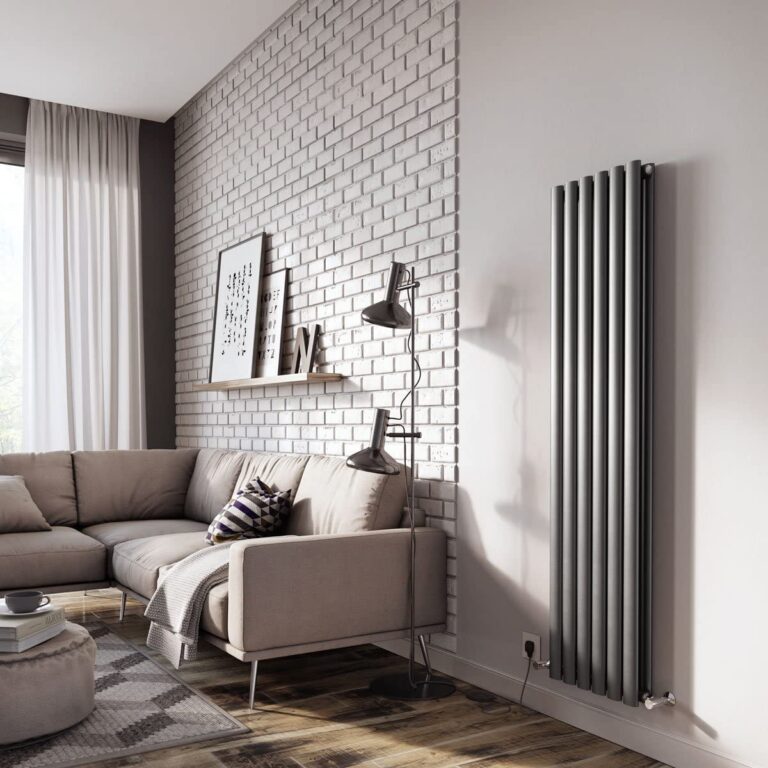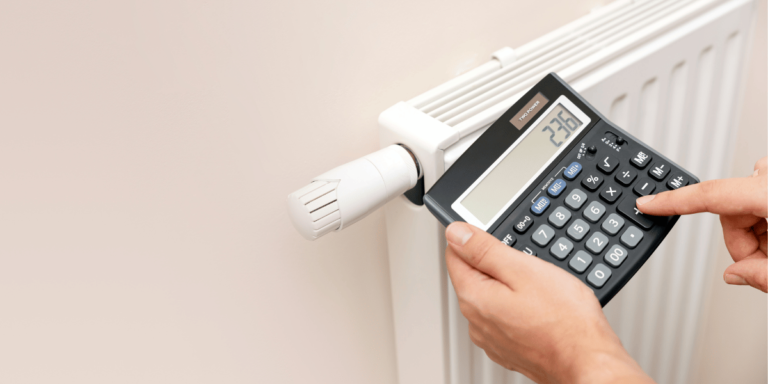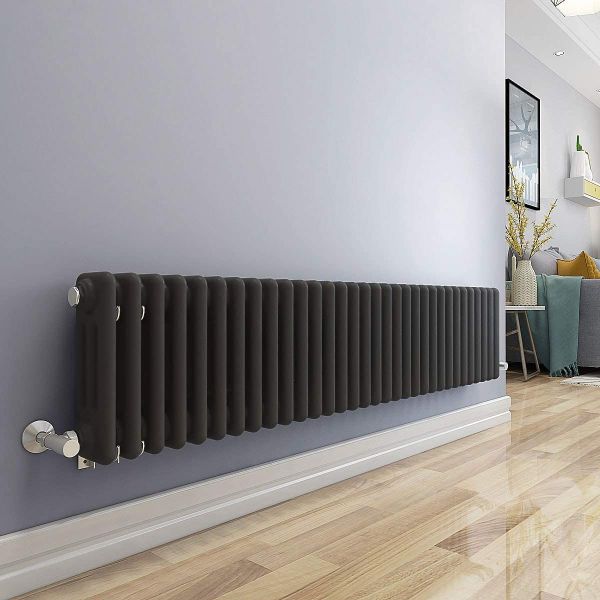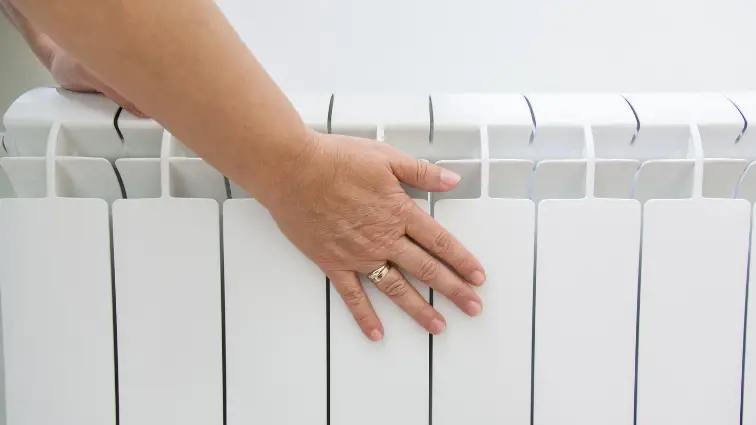The material of your radiator can make a big difference in its performance and appearance. There are many different types of radiator available on the market, each with its own advantages and disadvantages. In this blog post, we’ll look at some of the most popular radiator materials and explore what makes them ideal (or not so ideal) for use in your home.
What are radiators made out of?
There are a few different types of radiator that use different metals in their composition. However, the most common materials are mild steel, stainless steel, aluminium and cast iron.
- Steel – steel radiators are the most cost-effective choice and are available in a range of sizes, shapes and colours. These come in both mild and stainless steel, which have varying properties.
- Aluminium – aluminium radiators are lightweight and have a fast heat-up and cool-down time but are more expensive than steel radiators.
- Cast iron – cast iron radiators are very durable, have excellent heat retention and are available in a range of styles, but are the most expensive option.
Metal is a strong and durable material that can withstand temperatures high enough to transmit heat throughout your house. Using metal also helps to create a better conveyor of heat energy, so you get the maximum warmth possible from your radiator – just what you need on those cold winter days!
Choosing the best radiator material depends on what’s right for you – what best fits your heating system requirements, budget and other long-term considerations. It pays off in the end when you have made an informed decision and can feel confident that you have the best possible insulation that meets your needs.
What is the best radiator material?
Aluminium is often considered to be the best radiator material, due to its energy-efficient and heat-conductive properties. However, the answer is not always a one-size-fits-all solution as different types of metals are used for various reasons, ranging from rigidity, cost, availability and even durability across extreme temperature ranges.
Below, we have listed some of the main benefits of each material so that you can decide which type of radiator suits your needs and requirements:
Mild Steel
Mild steel is a popular radiator material due to its durability and affordability. But it does come with several drawbacks, too. For example, mild steel is far more prone to corrosion than some of its counterparts, which will require frequent cleaning and servicing to prevent rust build-up over time.
In addition, this material tends to be heavier than alternatives such as stainless steel or aluminium. It’s less likely to fit into tight spaces or other unusual configurations within homes or offices.
Ultimately, whether mild steel is the most suitable material for your radiator depends on how much you are willing to invest in maintenance costs or can accommodate the added weight where installation is concerned. All that said, this material’s long-term value certainly makes it worthy of serious consideration.
Stainless steel
Stainless steel radiators are popular in modern households due to their durability and sleek looks. But how well does this material stand up when compared to other options? It has its pros and cons, which we’ll explore in this blog post.
On the plus side, stainless steel radiators are rust-resistant and will last many years with minimal maintenance. Furthermore, they come in a wide range of styles and sizes, making them the perfect fit for almost any room, from the living room to the bathroom.
On the negative side, stainless steel is extremely heavy and considerably more expensive than other metals used for radiators. It’s also subject to fading or discolouration over time without proper maintenance. Although it may cost more upfront, investing in a stainless steel radiator can be worth it in the long run, thanks to its low-maintenance upkeep requirements.
Aluminium
Aluminium is a popular material for radiators, and rightly so. It’s lightweight and relatively inexpensive, making it a great choice for home and commercial applications.
On the downside, aluminium does not have the same heat transfer capacity as some other materials. You might have to invest in bigger radiators with more fins in order to get the same performance as another material.
When exposed to air, aluminium can corrode faster than other materials due to the oxidation process. But with a careful selection of parts and proper maintenance, an aluminium radiator looks sleek and performs well over time – giving you all the heat transfer you need without breaking the bank.
Cast iron
Casting iron as a radiator material might not be the first option that comes to mind, but it offers some interesting benefits. You don’t need to worry about rusting with cast iron since it’s naturally corrosion-resistant.
Plus, cast iron ensures that your room temperature is evenly emitted when exposed to heat from the radiator. Not all homes are suited to having a cast iron radiator, though – they’re usually quite hefty and can take up quite a bit of space.
On top of this, they’re also slightly more expensive than other materials such as steel or aluminium and can require yearly maintenance to prevent any problems with air leakage or blockages. So while there are many great reasons to go with a cast iron radiator, make sure you weigh all options before making your final decision.
Choosing the right radiator for your home
Choosing the best radiators for your home is an important decision – it can have a profound impact on the temperature and comfort levels of the entire space. It’s important to consider all the options, but understanding radiator materials and what they’re made of is key.
Radiators come in a variety of material types such as cast iron, aluminium, copper, steel and more – all with their unique set of qualities that can be beneficial depending on where you’ll be placing them. Different materials stand out in terms of heat output and durability, so it’s essential to do your research to make sure you pick one that makes sense for your home.
There are even models that blend multiple materials, giving you even more options to choose from. When choosing a radiator for your home, consider its longevity, energy efficiency, and installation advantages to make sure you pick one that will fit perfectly into your lifestyle.
All in all, there are quite a few radiator materials available on the market, each with its advantages and disadvantages. It is important to choose the right one for your needs in order to make the most out of it.

